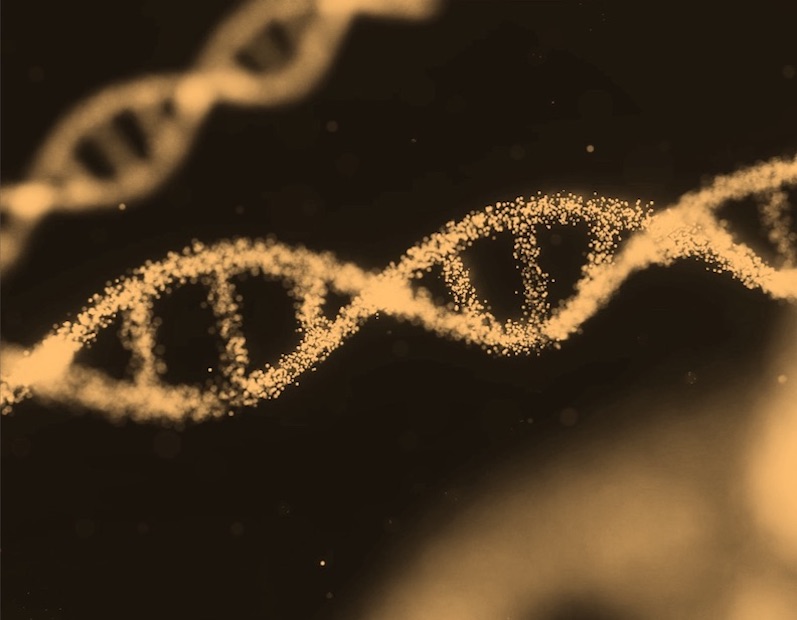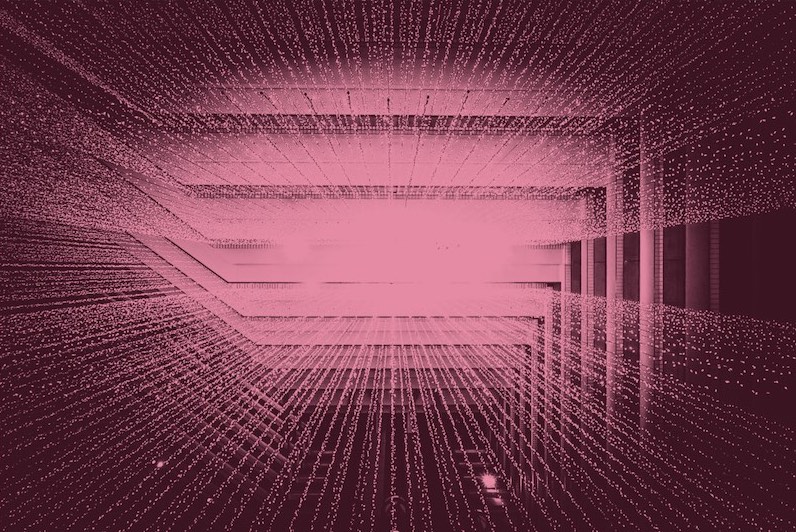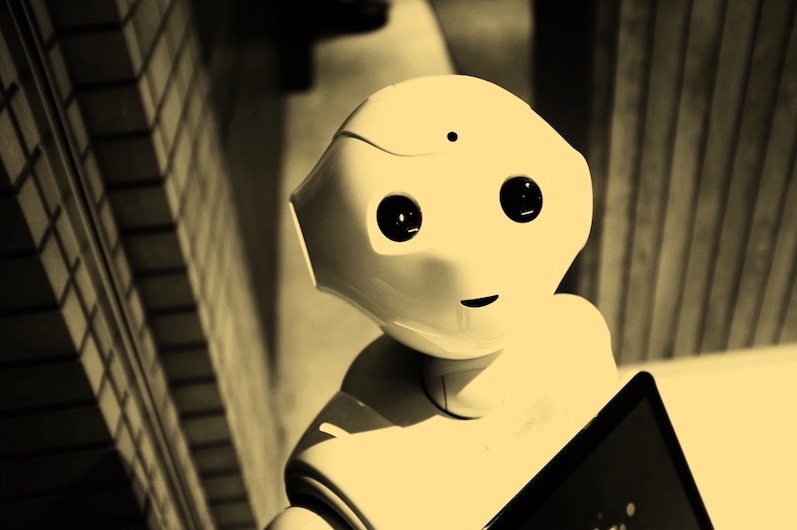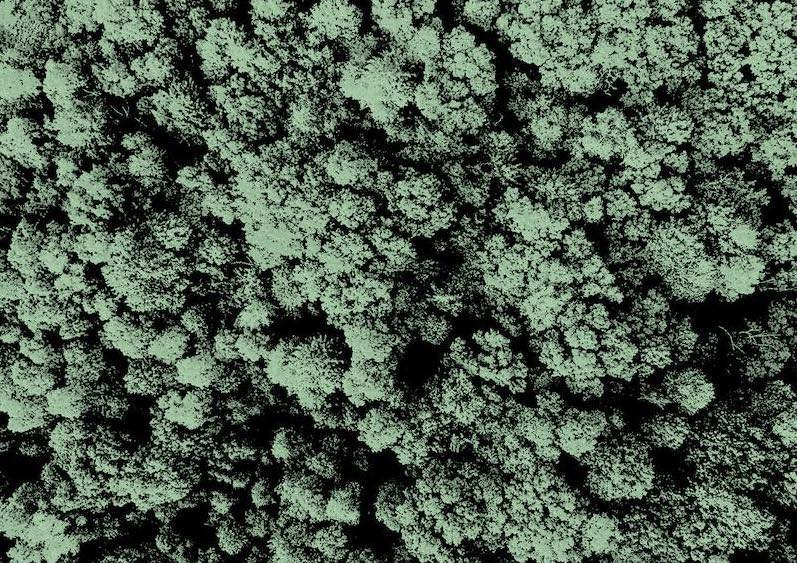What is it about?
A full theory harmonizing the description of the gravitational field, presently provided by classic general relativity, with the principles of quantum mechanics is still lacking. However, once a theory of quantum gravity is devised, spacetime is expected not to be viewed as a continuous entity but to manifest a granular or foam-like structure in experiments involving distances approaching a “minimal length.” Even if spacetime is continuous on all scales, it is expected that distances smaller than the minimal length cannot be accessed due to a modification of the Heisenberg Uncertainty Principle (HUP) into a Generalized Uncertainty Principle (GUP). This has consequences on many predictions associated to quantum mechanics so that the exploration of experiments that might, at least in principle, reveal this distortion has produced a large phenomenological research literature. In this paper, which was awarded an Honorable Mention in the 2020 Essay Competition of the Gravity Research Foundation, I consider the distortion of dispersion forces, such as the unretarded van der Waals force and the retarded Casimir-Polder force, due to the GUP. Interestingly, despite the explosively growing body of published research on minimal length scenarios, I am aware of only one paper, published by Panella in 2007, in which the effects on interatomic forces are analyzed within the rigorous framework of quantum field theory. This is in contrast with the several papers on modifications of the macroscopic Casimir effect, that is, the pressure between two macroscopic, parallel, perfectly conducting plates separated by an empty gap. With the consent of the Editor of the issue reproducing the winning essays, Professor Dharam Vir Ahluwalia, my winning paper was expanded to offer a review of previous work and to show my independent calculation of the unretarded van der Waals potential by means of a computer algebra system (CAS). I was able to confirm that, as Panella had originally found, in this regime, corresponding to an infinite speed of light, the GUP has no effect. In order to consider the retarded regime, instead of carrying out a rigorous calculation, I used heuristic arguments designed to shed light of the physical meaning of the result. My approach was founded on a calculation, published by Mania and Maziashvili in 2011, of the distortion of the black-body radiation spectrum, including the zero-point-field, due to the GUP. As shown by Spruch in 1986, the standard zero-point-field can be used to obtain an estimate of the Casimir-Polder potential. By following the path illustrated by Spruch, but replacing the standard expression for the zero-point field by its distorted counterpart, I was able to recover the result by Panella to within a numerical factor. Although a handful of papers have appeared justifying the expression of the Casimir potential in minimal length by means of elementary arguments, to the best of my knowledge, my discussion is the only one published to-date offering a heuristic derivation of the distorted Casimir-Polder potential. Once these tools are developed, I apply my results to the particular case of dispersion forces in neutron-neutron scattering, first considered by Arnold in 1973 and again very recently, and much more thoroughly, by Babb and collaborators. My calculations show that, although the effects of GUP distortions are extremely small, considering neutron-neutron collisions, at interparticle distances as small as one Fermi, yields a remarkable gain in the magnitude of the distortion term of over 18 orders of magnitude. The analysis of detailed predictions about this type of experiments from the GUP-distorted Schrödinger equation is presently underway and will appear in future publications.
Featured Image
Why is it important?
The results of this essay are important for the following reasons: 1. The computations of the GUP-distorted unretarded van der Waals potential were carried out by means of a CAS (Mathematica). This technological approach, to the best of my knowledge applied for the first time to this problem, opens the door to considering much more complex cases in which evaluations become prohibitively long and the probability of human error is much larger. The potential of this strategy was shown in this same paper by recovering, for the purpose of further validation, the expression of the GUP- distorted quadratic Stark effect, published by Louzada and Belich in 2017. 2. The expression of the GUP-distorted retarded Casimir-Polder potential was obtained from completely independent heuristic considerations connected to the black-body spectrum. It is the first time, to the best of my knowledge, that results such as those obtained by Panella are recovered (to within a numerical error) from heuristic arguments. 3. Dispersion forces in neutron-neutron scattering experiments were suggested as a possible probe to detect the fundamental structure of spacetime. The extremely small interparticle distances achievable in these types of experiments can lead to an enhancement of the factor that describes GUP distortion by over 18 orders of magnitude with respect to standard experiments using atoms.
Perspectives

This paper was motivated by the search for experimental approaches that might lead to detecting the ultimate structure of spacetime. Typically, it is stated that departures from predictions based on classical general relativity are expected at the Planck length scale. However, since the Planck length emerges from purely dimensional considerations, and in the absence of a full theory of quantum gravity, it is completely impossible at this time to predict on what factor of the Planck length the “foam” discussed by Wheeler will be found. For instance, spacetime may reveal a non-standard behavior at scales one, five, or ten orders of magnitude larger than the expression for the Planck length. Hence any progress towards probing smaller and smaller length scales is useful as it allows us to confirm that spacetime remains continuous at such lengths. I expect that accurate experiments on dispersion forces between nucleons will allow us to explore even smaller distances that those discussed in this paper. A separate motivation for this study was that, in recent years, “gravitational dispersion forces” have been suggested as a tool to prove that gravity is quantized. As I discuss in my recent paper in Symmetry, such proposals are probably logically incorrect, despite the obvious intrinsic interest in detecting such forces. Hence, in this paper I proposed a completely different alternative. Instead of detecting extremely small gravitational dispersion forces, the detection of departures of much larger electrodynamical dispersion forces from standard expressions can reveal the signature of the fundamental structure of spacetime.
Dr. Fabrizio Pinto
Izmir Ekonomi Universitesi
Read the Original
This page is a summary of: Signatures of minimal length from Casimir–Polder forces with neutrons, International Journal of Modern Physics D, October 2020, World Scientific Pub Co Pte Lt,
DOI: 10.1142/s0218271820430269.
You can read the full text:
Contributors
The following have contributed to this page







